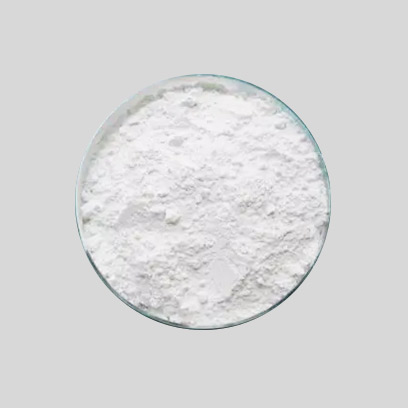
Dis . 17, 2024 06:39 Back to list
formation of titanium dioxide
Formation of Titanium Dioxide An Overview
Titanium dioxide (TiO2), a white, opaque solid, is one of the most widely used compounds in various industries, from paints to food products. It is renowned for its high refractive index and excellent pigmentary properties, making it an essential component in several applications. The formation of titanium dioxide is not only a fascinating chemical process but also plays a crucial role in its functionality.
Chemical Composition and Properties
Titanium dioxide consists of one titanium atom and two oxygen atoms. It exists in several crystalline forms, including anatase, rutile, and brookite, each with distinct properties. Rutile, known for its high stability, is typically preferred in commercial applications. Anatase, while less stable, is often used in photocatalytic processes due to its high activity under UV light. The unique properties of these crystalline structures contribute significantly to TiO2's functionality, including its pigmenting ability and photocatalytic efficacy.
Formation Processes
The formation of titanium dioxide can occur through various methods, including both natural processes and synthetic ones
.1. Natural Occurrence Titanium dioxide is commonly found in nature primarily as the mineral rutile. When igneous rocks weather, various minerals break down and release titanium which, upon exposure to oxidizing conditions, may form TiO2. This natural process emphasizes the vast geological cycles that contribute to the availability of titanium dioxide in the environment.
2. Synthetic Processes The industrial production of titanium dioxide primarily involves two methods the sulfate process and the chloride process.
formation of titanium dioxide

- Sulfate Process This method begins with the sulfate treatment of ilmenite (FeTiO3), a titanium-containing ore. The ore is reacted with sulfuric acid to produce titanium sulfate. This titanium sulfate solution is then hydrolyzed and thermally treated to yield titanium dioxide. This method, though effective and widely used, results in the production of some byproducts that necessitate careful waste management.
- Chloride Process The chloride process is considered more efficient and environmentally friendly compared to the sulfate process. Titanium ore is first converted into titanium tetrachloride (TiCl4) by reacting it with chlorine at high temperatures. The resultant TiCl4 is then oxidized to form titanium dioxide through a controlled reaction with oxygen at elevated temperatures. This method produces a purer form of TiO2 and facilitates the recovery of chlorine, thus enhancing sustainability.
Applications of Titanium Dioxide
The diverse applications of titanium dioxide largely stem from its exceptional properties. In the paints and coatings industry, TiO2 is valued for its ability to provide opacity, brightness, and durability. The automotive and construction sectors benefit from its weather-resistance and protective qualities. Furthermore, in the cosmetics industry, titanium dioxide is a key ingredient in sunscreens due to its UV-blocking capabilities.
Additionally, titanium dioxide has gained recognition in the field of photocatalysis. When exposed to UV light, TiO2 can facilitate chemical reactions that break down organic pollutants, making it invaluable in environmental remediation and self-cleaning surfaces.
Conclusion
The formation of titanium dioxide encapsulates a combination of natural and anthropogenic processes that give rise to one of the most versatile compounds known to mankind. Understanding how TiO2 is formed not only highlights the complexity of chemical transformations but also underscores the substance's significance across various sectors. As industrial demands evolve, the methods of producing titanium dioxide continue to advance, aiming for increased efficiency and reduced environmental impact. The future of titanium dioxide holds great promise, particularly in the realms of sustainability and innovative applications.
-
Best Baso4 Price Wholesale & Manufacturer Deals in China
NewsApr.29,2025
-
Rutile Titanium Dioxide R698 Supplier Coating & Paint Solutions
NewsApr.29,2025
-
Premium Titanium Dioxide Ultra White Paint High-Coverage & Durable
NewsApr.29,2025
-
China Titanium & TiO2 Powder Factory Reliable Rutile & Lithopone Supplier
NewsApr.28,2025
-
Titanium Dioxide Types High-Purity Grades from Trusted Factories & Suppliers
NewsApr.28,2025
-
High-Quality Titanium Dioxide White Pigments Wholesale Supplier
NewsApr.28,2025
